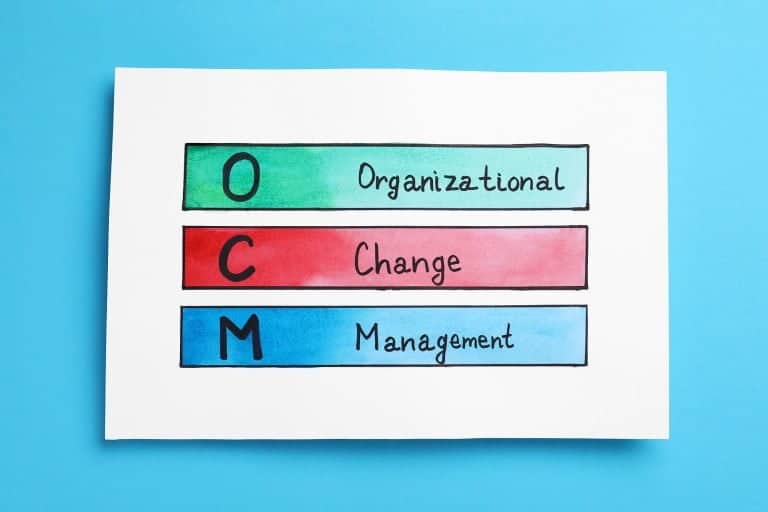Project Management Life Cycle Overview:
Table of Contents
ToggleThe detail of a project management life cycle will vary according to which methodology has been selected to execute the project. For example, if you use an agile methodology, the project management steps you take are fundamentally different from a waterfall methodology. Agile project management essentially has a single phase that is repeated for each iteration, whereas waterfall has several project management phases, each of which is executed sequentially.
An implementation of any project management methodology in any organization will effectively include the same stages. These stages of project management implementation are:
- Discovery: what is in place already, which methodologies are available, what are you trying to achieve with project management.
- Selection: electing the appropriate methodology for you.
- Education and training: Ensuring that you have the necessary skills.
- Initiation: Making a start on your first project.
Let’s take a look at two different project management cycles:
Agile project management life cycle
The concept of agile was first developed in 2001 as a methodology for developing software but is now widely used for managing projects. A set of stated agile values and principles guide this project management lifecycle. Agile does not use multiple project management phases. It involves the collaboration of end-users and cross-functional teams to deliver business solutions in the form of projects in a flexible and nimble way, using successive incremental projects. Each project has very short timescales, typically two weeks, with each project building on previous outcomes with continual improvement. This type of project management life cycle provides an early delivery of initial project outcomes, with the ability to support rapid and flexible changes to the requirements. Agile project management methodologies embrace the values:
- Individuals and interactions over processes and tools.
- Working products over comprehensive documentation.
- Customer collaboration over contract negotiation.
- Responding to change over following a plan.
The items on the left are valued more than those on the right.
There are several different agile project management life cycles, depending on which particular agile methodology you choose. For example, the project life cycle for the scrum methodology has a sprint review with all team members at the end of a fixed time iteration. In contrast, the Kanban project management life cycle has no fixed iterations, so there is no end review.
Waterfall project management life cycle
The waterfall methodology has been the traditional way to manage projects for many years. In this methodology, the first step is to break down the final product individual components in a work breakdown structure. The tasks to deliver these products are then determined and entered into a detailed project plan. The waterfall methodology mandates that these tasks are then worked on in order.
Determining the critical path of tasks to achieve delivery of the final product is a key activity in waterfall. This is carried out as soon as the detailed plan has been produced. It is based on the concept that there are some tasks you can’t start until a previous one has been finished. These relationships are known as dependencies. When you link these dependent tasks together from the start of the project to the end, you plot out your critical path.
Using this aspect of the waterfall methodology allows project managers to prioritize and allocate resources to get the most important work done and reschedule any lower priority tasks that may take up the time of the project team but aren’t critical to the delivery. Using a critical path can also be useful if changes have to be made to the project schedule, as it can help to optimize the use of the project team and speed up progress through the project management life cycle.
Conclusion
Every project has a life cycle, with a start and an end. The stages within each project management lifecycle will vary according to the chosen methodology. This variation can be massive, so you must never assume that someone with experience as a project manager can instantly be fully productive when you hire them into your organization. Even within agile project management, there are many different life cycles. You should always educate everyone associated with the projects on the lifecycle that you are using. This must include customers, suppliers, and other stakeholders, as well as your project management team. If you don’t, then you run the risk of a mismatch between their expectations and what actually happens. Having effective and regular communication is always the secret to success for managing projects.





